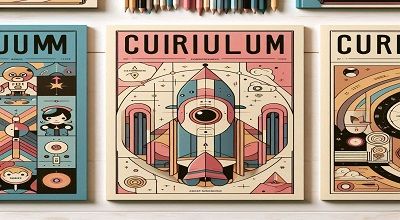Curriculum Designs
There are several curriculum designs, and three commonly discussed ones are the Subject-Centered Design, Learner-Centered Design, and Problem-Centered Design. Let’s briefly contrast these three:
Subject-Centered Designs
- Focus: Primarily centers around the subject matter or content.
- Teacher’s Role: Emphasizes the role of the teacher as an expert in delivering information.
- Learning Approach: Typically follows a linear and structured approach where students progress through predefined content.
- Assessment: Evaluation is often based on how well students have mastered the subject matter through tests and examinations.
- Criticism: Critics argue that it may lead to a lack of student engagement and relevance to real-world applications.
Learner-Centered Design
- Focus: Put the learner at the center of the educational experience.
- Teacher’s Role: Facilitator or guide rather than a traditional instructor; encourages self-directed learning.
- Learning Approach: Encourages active participation, critical thinking, and individual exploration.
- Assessment: Assessment methods often include portfolios, projects, and reflective activities to gauge holistic learning.
- Criticism: Critics argue that it may be challenging to implement in certain environments and requires a high degree of learner motivation and discipline.
Problem-Centered Design
- Focus: Centers around real-world problems or challenges.
- Teacher’s Role: Facilitator or coach guiding students through problem-solving processes.
- Learning Approach: Emphasizes the application of knowledge to solve authentic problems, promoting critical thinking and problem-solving skills.
- Assessment: Assessment is often based on the ability to analyze and solve real-world problems, fostering practical skills.
- Criticism: Critics argue that it may require more time and resources for preparation and implementation.
Summary
In summary, the Subject-Centered Design revolves around content, the Learner-Centered Design prioritizes the student’s experience and involvement, and the Problem-Centered Design focuses on solving real-world issues as a primary method of learning. Each has its strengths and weaknesses, and the most effective curriculum designs often depend on the educational goals, context, and needs of the learners.
